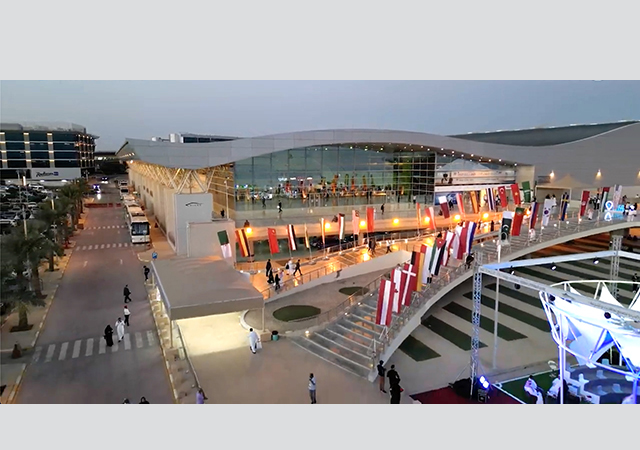
 Future Ceramics’ new facility ... state of the art.
Future Ceramics’ new facility ... state of the art.
A NEW ceramic and porcelain tiles manufacturing facility is taking shape in the Second Industrial City of Dammam, Saudi Arabia.
The facility is being set up by Future Ceramics, which was established in July 2006 as a part of an industrial venture controlled by local investors that operate in various economic sectors.
The factory is being built over a 277,500 sq m area and will eventually have a capacity of 120,000 sq m of ceramic and porcelain tiles by 2012, Mazen Al Hammad, managing director of Future Ceramics, tells Gulf Construction.
The factory comprises two production lines — one for ceramic tiles, which will be operational by May next year and the other for porcelain tiles which is scheduled for start-up by August next year.
During the first phase, its capacity will be 40,000 sq m per day split equally between single-fired tiles and through-bodied and glazed porcelain tiles. The capacity will be doubled by 2010 in the second phase and the final phase, due for completion in 2012, will add a further 40,000 sq m of capacity, Al Hammad says.
The Future Ceramics factory comprises a steel structure supplied by Zamil Steel and the main contractor on the project is Eastern Trading and Contracting Company.
State-of-the-art
The factory employs Italian technology, he says. “We wanted to build a modern, efficient and technologically-advanced factory. For this purpose, we chose exclusively Italian technology. The lines will be equipped with kilns, presses and spray dryers supplied by Sacmi, for handling equipment we turned to Tecnoferrari whereas for inspection, sorting and packing equipment we chose Qualitron, Easy Line and Falcon from System. System will also supply Rotocolor decoration technology.”
He continues: “The delicate and important press decoration stage will be undertaken using technologies supplied by LB Officine Meccaniche. We also have an Italian technical director, Maurizio Garagioni, a professional with many years of experience in the same position at leading Italian companies such as Pastorelli, Coop Imola and Fincuoghi.
Design & size
The company has a strong focus on product design. “We are tied-up with several Italian designers to ensure that we have highly creative designs, while at the same time also catering to the tastes of our Saudi clientele. The advice provided by these professionals will also be essential in training our product research department,” he says.
“We have chosen to differentiate brand names according to product type. Orient Tiles, awaiting copyright, will be used for single-fired tiles; Future Tiles for single- fired and porcelain tile collections; while the Elite Tiles brand will be reserved for higher quality porcelain tile,” Al Hammad adds.
The company produces tiles of various types and sizes. Single-fired ceramic tiles come in 43 by 43 cm, 33 by 33 cm, 50 by 50 cm and 20 by 20 cm sizes of floor tiles and 20 by 20 cm, 20 by 43 cm and 33 by 50 cm of wall tiles; and porcelain tiles are available in the 30 by 30 cm, 30 by 60 cm, 45 by 45 cm, 60 by 60 cm and 60 by 120 cm sizes.
Marketing
Commenting on future Ceramic’s sphere of activities, Al Hammad says, “For the first two years, we have decided to focus our sales activities on the GCC countries, which are in the midst of one of the largest property booms worldwide. We intend to attain a 10 to 20 per cent share of the Saudi Arabian ceramic tile market. Later, we will expand into world markets, particularly as we benefit from relatively low transport costs.”
The Arabian Peninsula is a large importing region so it benefits from low return journey shipping charges, he points out. “For example, it costs about $1,400 to ship a container from Hong Kong to Saudi Arabia but just $200 the other way.”
But the company is also looking beyond the GCC, says Al Hammad. “In spite of the building sector crisis, we are interested in the US. We are also weighing various options for marketing and distribution, including third-party production on behalf of some European companies. On account of high production costs and logistics, these companies are unable to increase production at their own factories. But the penetration of their sales networks and the strength of their brands mean that they cannot meet demand in world markets.
“Our products deliver high standards of technical and aesthetic quality and are therefore able to meet these requirements and help create a new scenario in the world ceramic sector,” he adds.


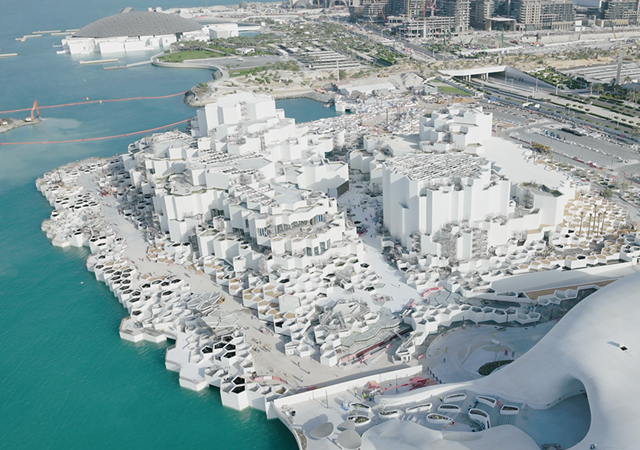
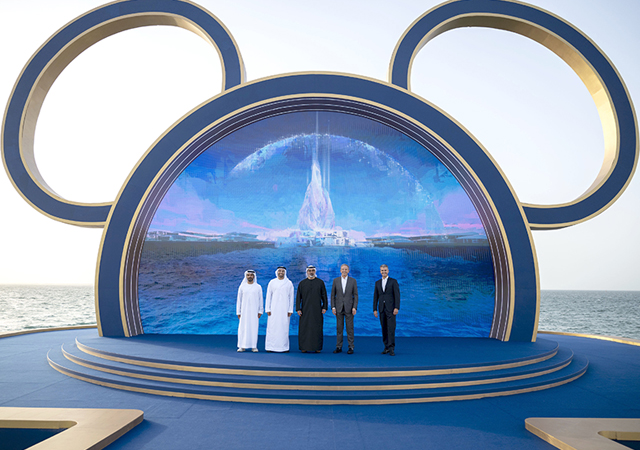

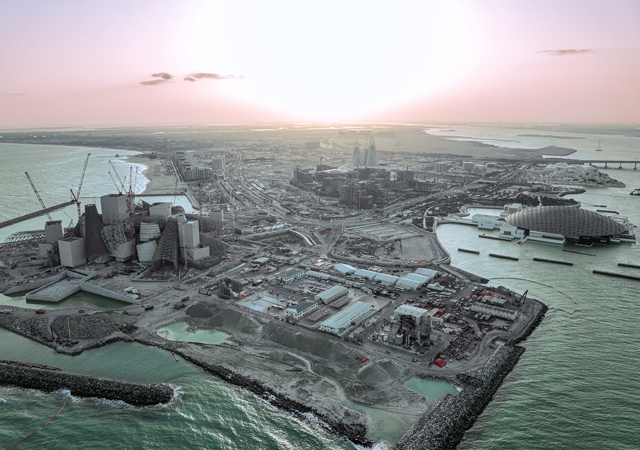
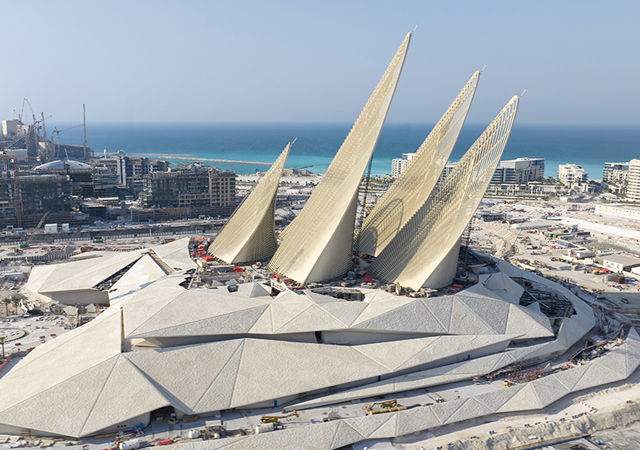
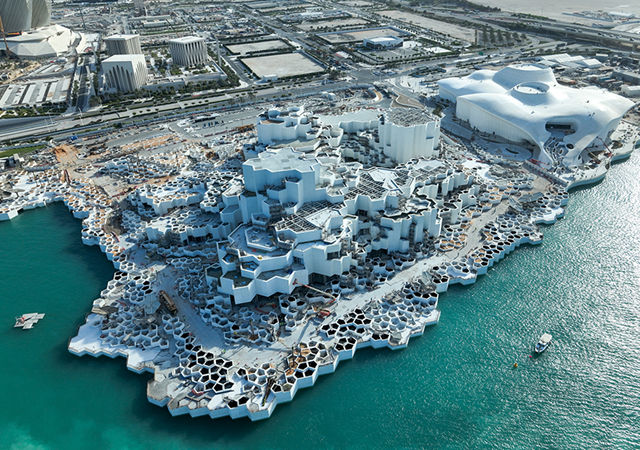
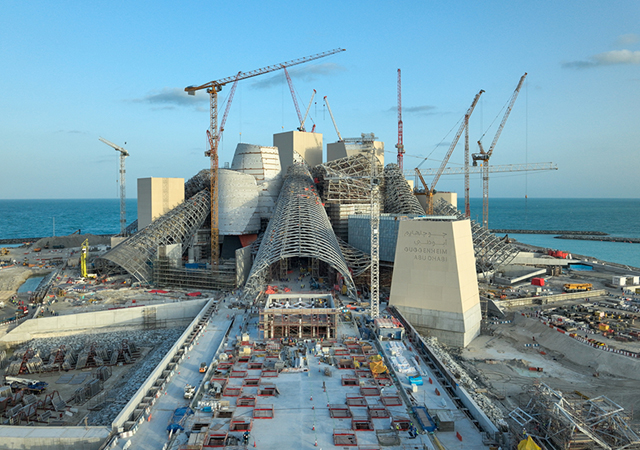
.jpg)

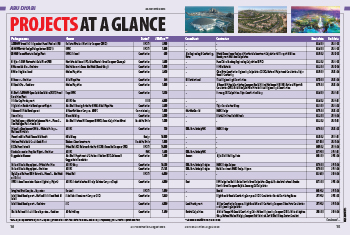



.jpg)

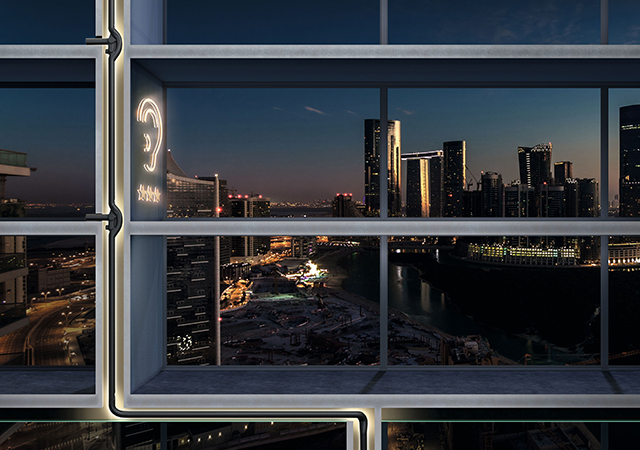
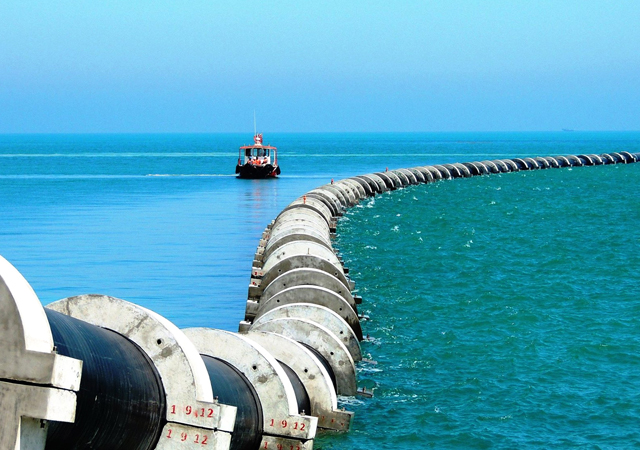


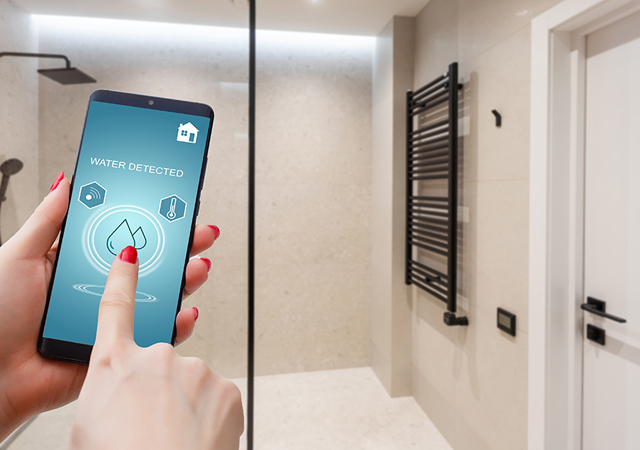
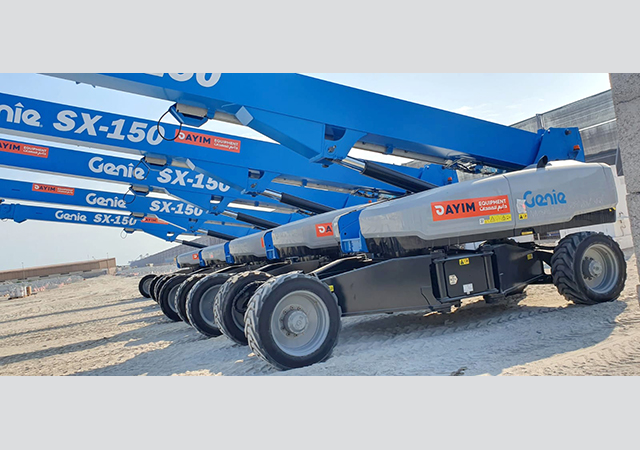
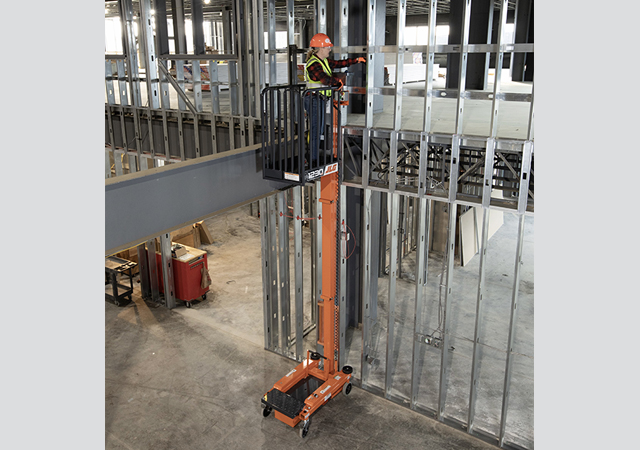
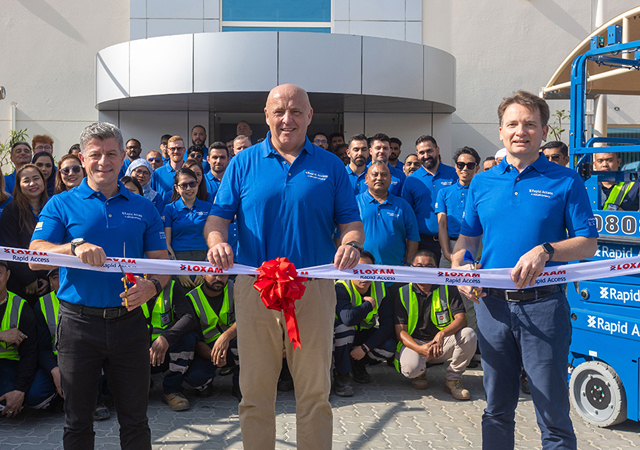
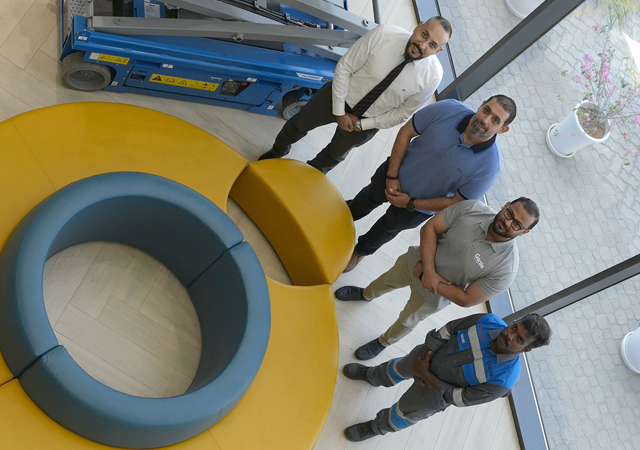
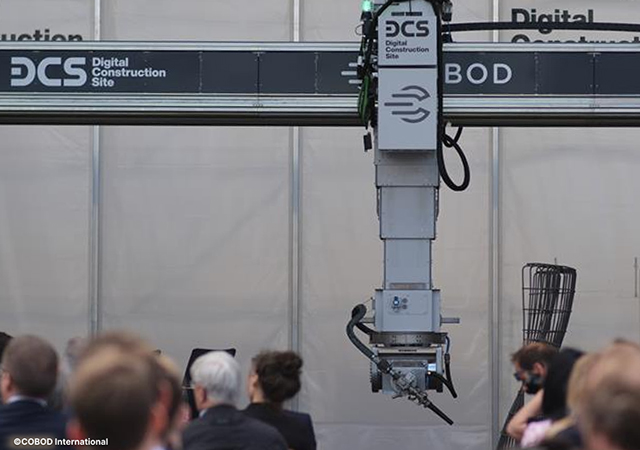
Doka (2).jpg)
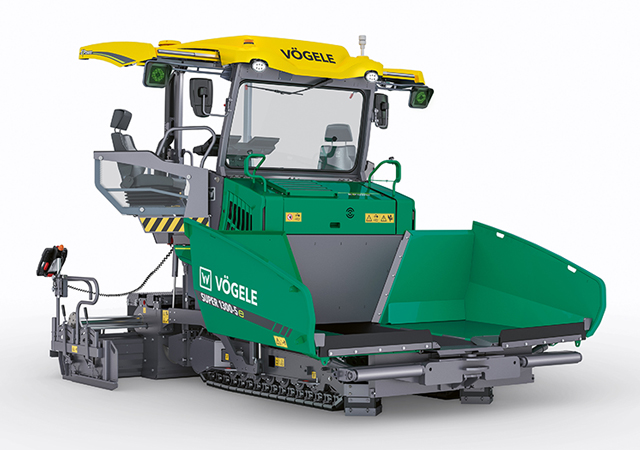



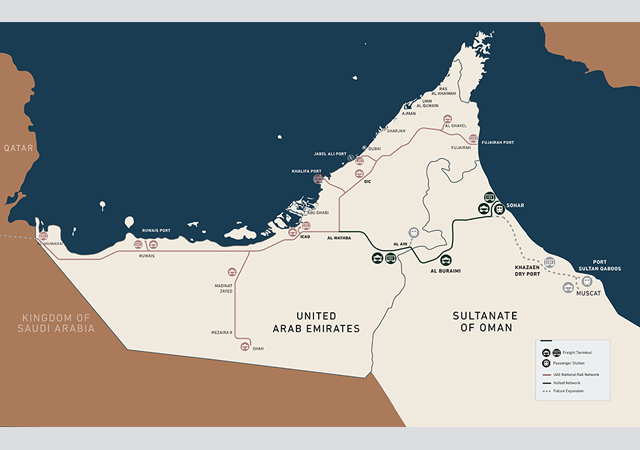



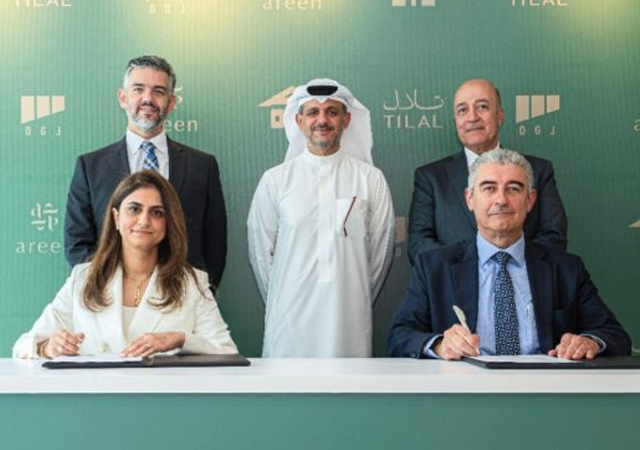
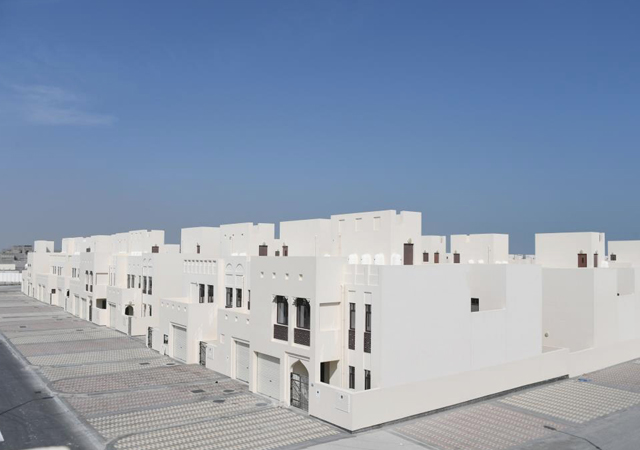

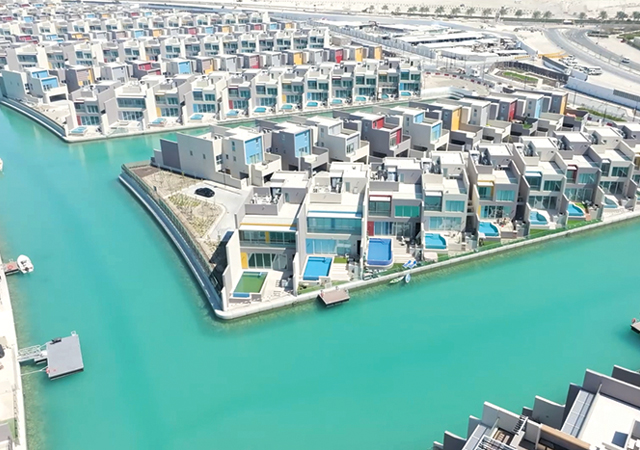
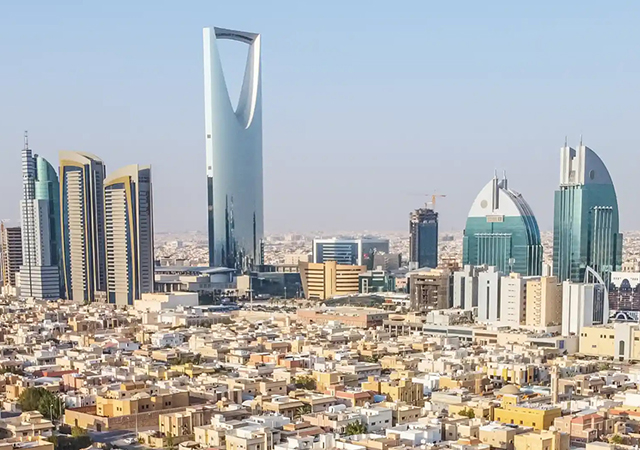


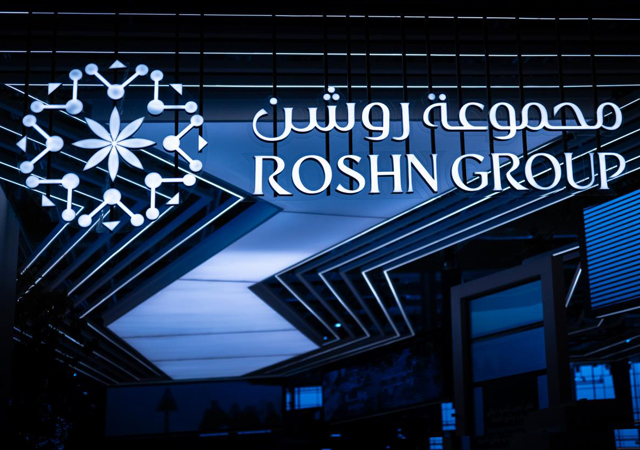
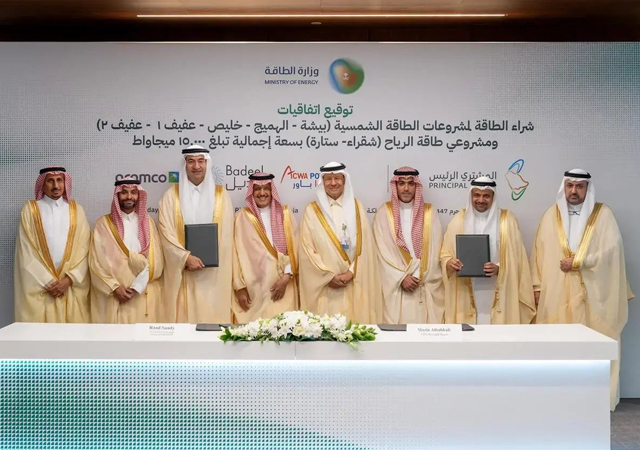
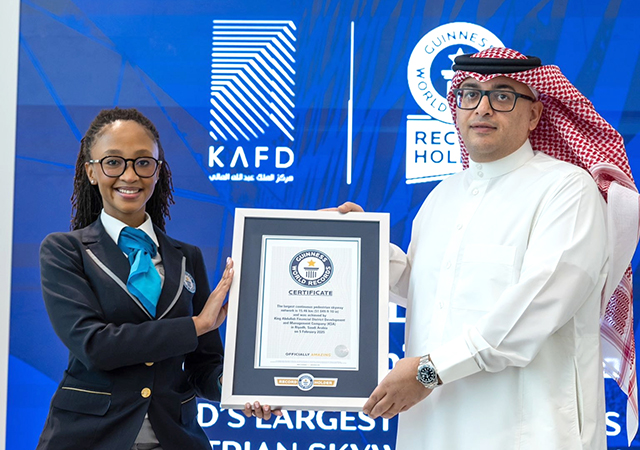

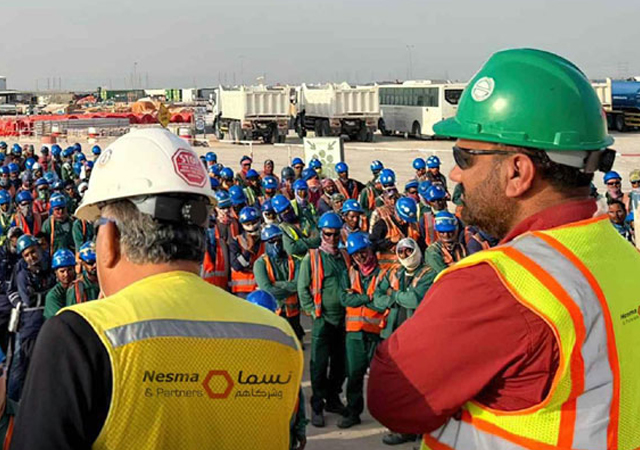

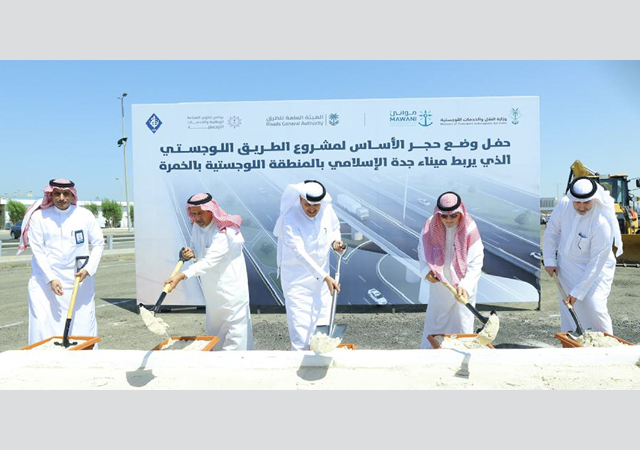




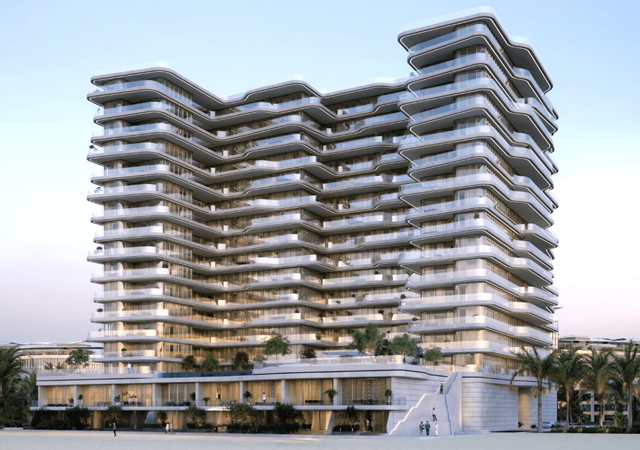

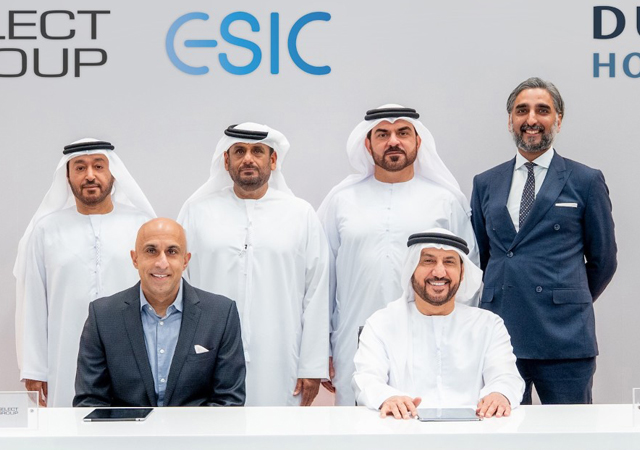

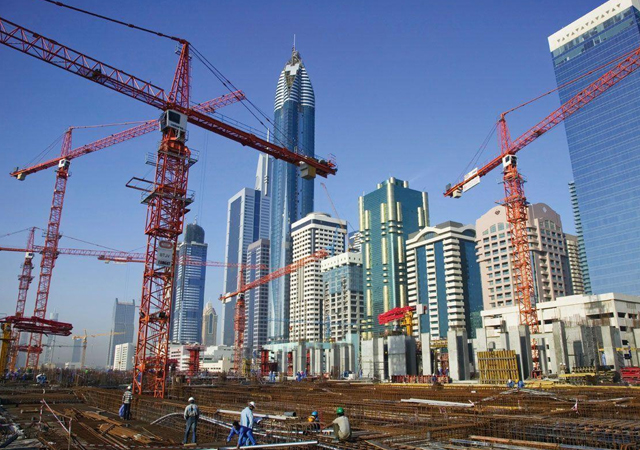
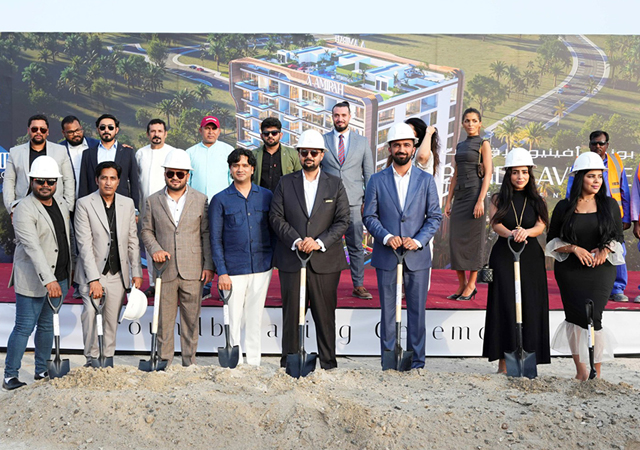





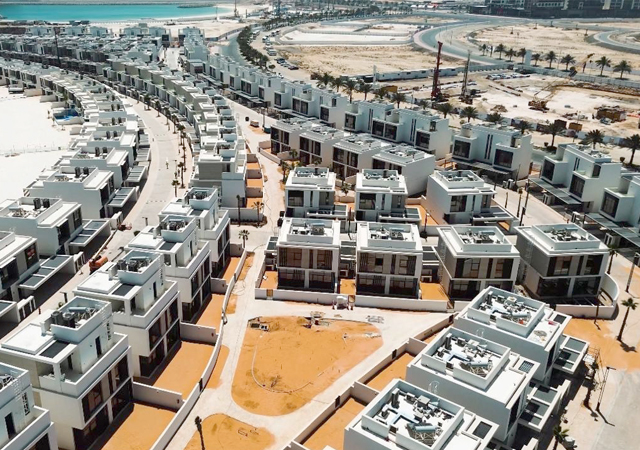


.jpg)
.jpg)

.jpg)
